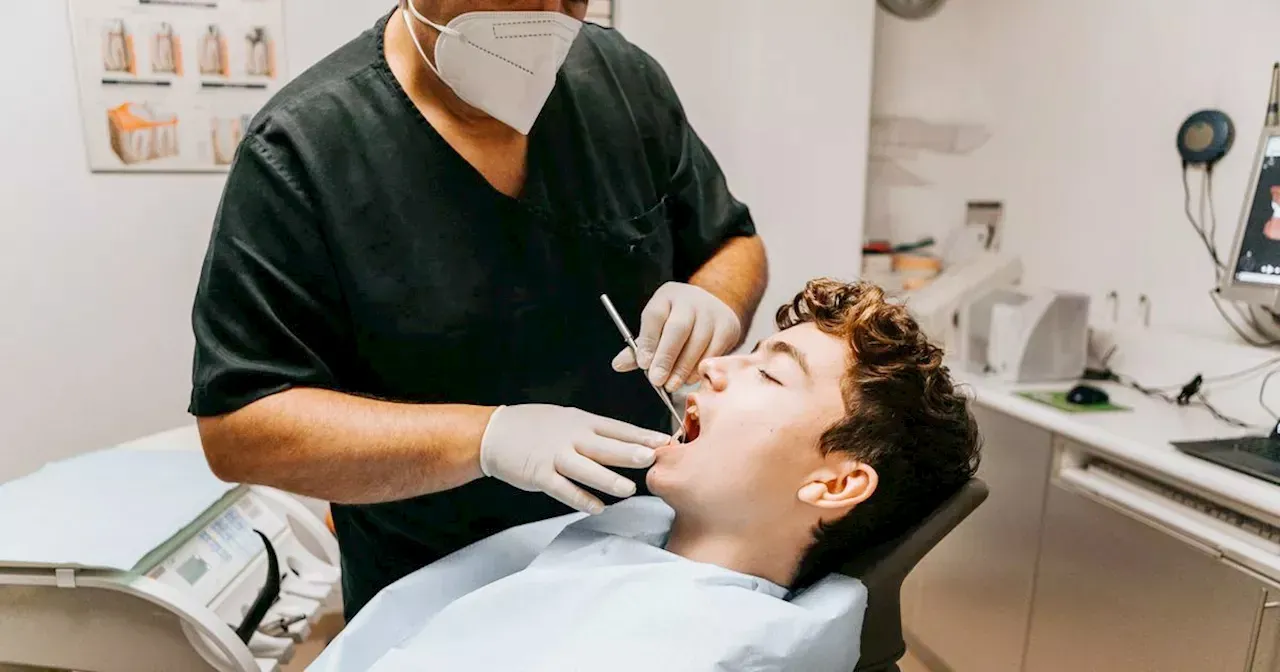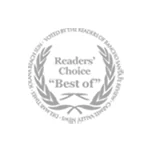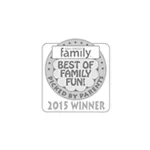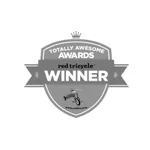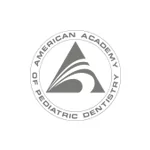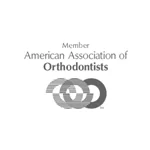When it comes to choosing a toothbrush for your child, there is no shortage of terrific options at your disposal.
Typically, there are two categories of children’s toothbrushes: manual and powered. Each type of toothbrush has its pros and cons, and parents who understand how manual and powered toothbrushes work can make the best decision for their kids.
Here’s a closer look at manual and powered toothbrushes, and which type of toothbrush may serve your child best.
Manual Toothbrushes
Originally created in the 1930s, manual toothbrushes represent the most common toothbrushes used by adults and children across the United States. They enable users to combat plaque build-up and other oral health problems. Plus, in many cases, a pediatric dentist will provide your child with a free manual toothbrush that he or she can can use after a dental appointment, which means you likely won’t need to break your budget to pick up a manual toothbrush for your child.
Ultimately, a manual toothbrush enables your child to practice proper brushing techniques and only requires about two minutes to use. As a result, a manual toothbrush serves as a powerful tool, one that may help your child prevent cavities, tooth decay and other oral health problems.
On the other hand, using a manual toothbrush can be a lot of work, particularly for a child who is still learning the proper techniques for brushing his or her teeth.
Also, it is important to note that mouth rinse and dental floss serve as complementary tools that your child will need to use in conjunction with brushing his or her teeth at least twice a day with a manual toothbrush. And without proper use of mouth rinse and dental floss, there is still a chance that your child could encounter myriad oral health problems down the line.
Powered Toothbrushes
Powered toothbrushes were introduced in the 1990s, and today, serve as reliable options for kids to brush their teeth quickly and effortlessly.
Usually, powered toothbrushes require less effort to use than their manual counterparts, which means your child might not have to work as hard with a powered toothbrush. Some powered toothbrushes even feature built-in timers and even music, making it simple for kids to brush their teeth for at least two minutes for maximum effectiveness.
Powered toothbrushes provide great tools for kids to safeguard their teeth against gingivitis and plaque; however, these toothbrushes are far from perfect.
You’ll likely need to spend more on a powered toothbrush than a manual one. In addition, a powered toothbrush will need to be recharged regularly or require batteries, and it may break easily if your child drops the toothbrush.
Which Is Better: A Manual Toothbrush or a Powered Toothbrush?
Clearly, there are many pros and cons associated with both manual and powered toothbrushes. So how can you determine which type of toothbrush represents the perfect option for your child?
Finding the right toothbrush for your child is rarely simple. Fortunately, meeting with a pediatric dentist ensures you can evaluate many toothbrush options and make the best selection for your child.
A pediatric dentist understands that you want your child to maintain clean, healthy teeth. And with this professional at your side, you can find the right toothbrush for your child without delay.


